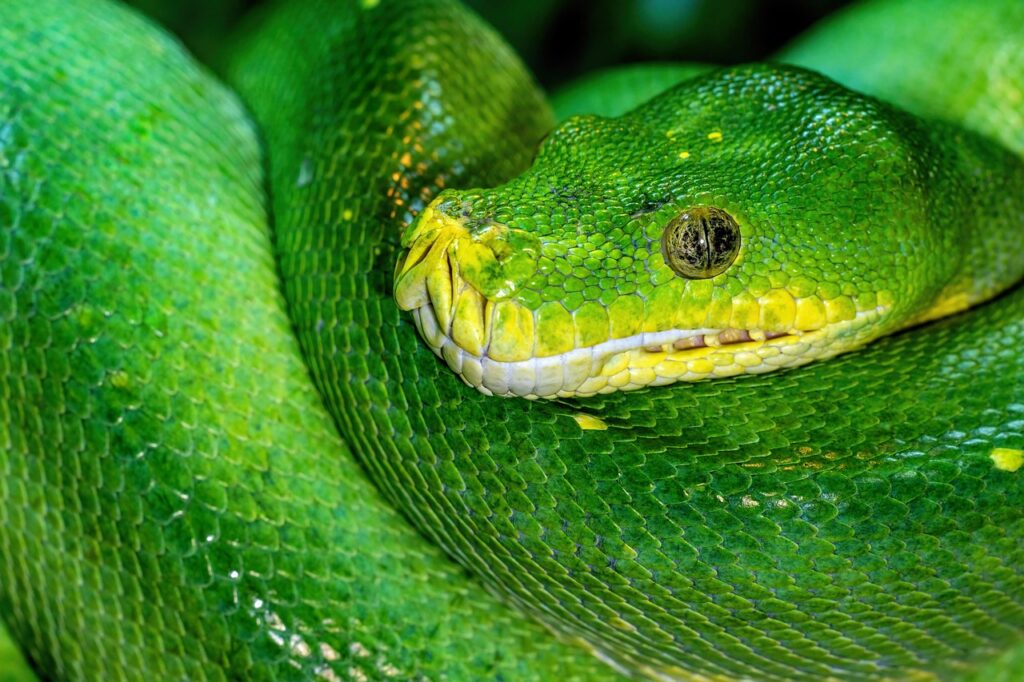Picture this: you’re standing in a steamy, humid forest 230 million years ago, and the ground trembles beneath your feet. What you’re witnessing isn’t just another day in the Triassic period—it’s the beginning of one of the most dramatic evolutionary takeovers in Earth’s history. While massive crocodile-like archosaurs and bizarre mammal-like reptiles ruled the land, a group of seemingly modest creatures was quietly developing the biological innovations that would eventually make them the undisputed champions of the Mesozoic Era.
The story of how dinosaurs rose from relative obscurity to global dominance is far more fascinating than most people realize. These weren’t just lucky survivors—they were evolutionary masterpieces, equipped with a suite of remarkable adaptations that gave them decisive advantages over their Triassic competitors.
Superior Respiratory Systems That Changed Everything
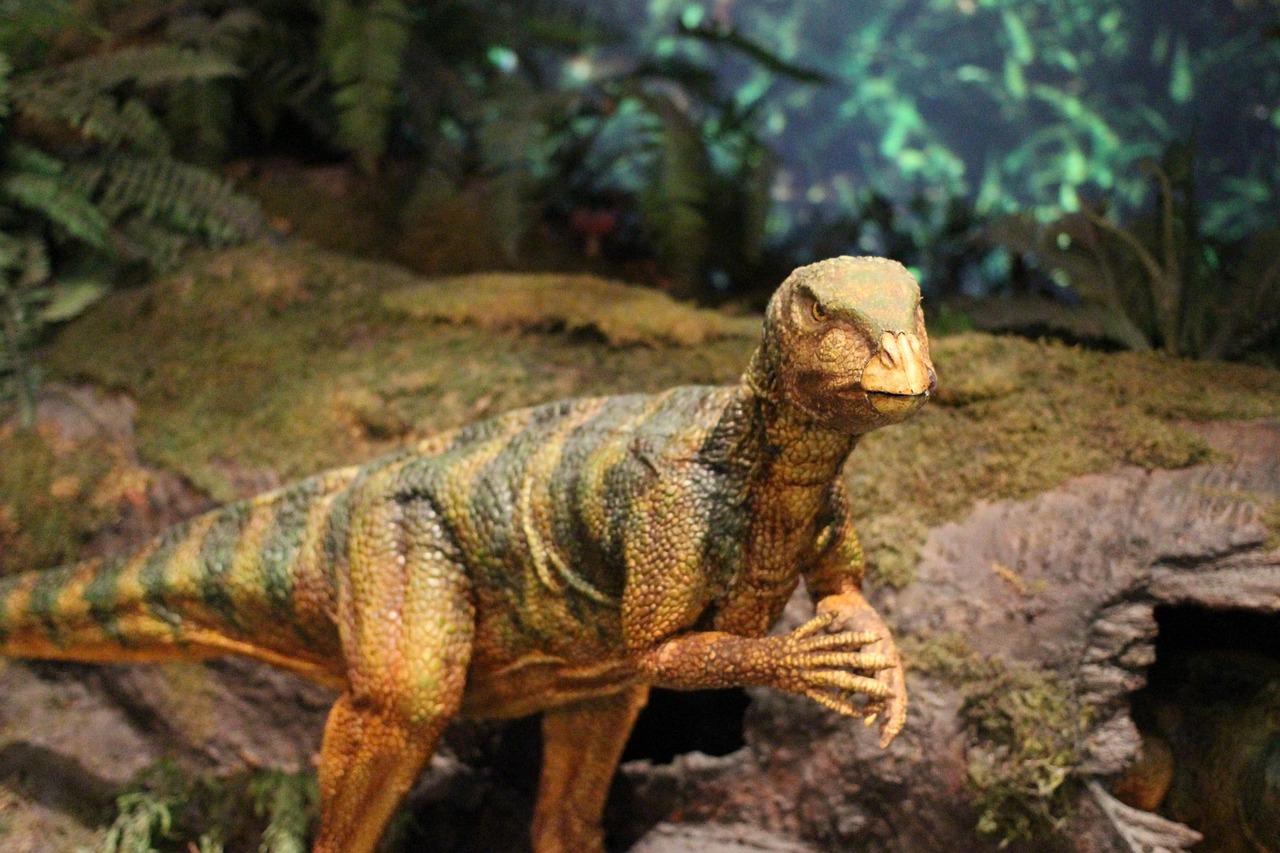
The dinosaur respiratory system was nothing short of revolutionary, featuring an advanced air sac network that put their competitors to shame. Unlike the simple bellows-like lungs of their contemporaries, dinosaurs developed a unidirectional airflow system that allowed continuous oxygen extraction during both inhalation and exhalation. This meant their blood oxygen levels remained consistently high, even during intense physical activity.
Think of it like comparing a basic bicycle pump to a high-performance turbocharger. While archosaurs and other Triassic reptiles were essentially “pumping” air in and out of dead-end lung chambers, dinosaurs had created a sophisticated flow-through system. This gave them incredible stamina advantages during long hunts, territorial disputes, and migration journeys that would have exhausted their rivals.
Bone Architecture That Defied Physics
Dinosaur bones weren’t just strong—they were engineered marvels that combined lightweight construction with incredible durability. Their hollow, air-filled bones reduced body weight by up to 15% compared to solid-boned competitors, while maintaining structural integrity through ingenious internal strut systems. This wasn’t just about being lighter; it was about optimizing the strength-to-weight ratio in ways that other Triassic animals simply couldn’t match.
The pneumatic bone structure also served as an extension of their revolutionary respiratory system, creating additional air storage capacity throughout their bodies. Imagine trying to outrun someone who’s essentially carrying extra oxygen tanks in their skeleton—that’s the kind of advantage early dinosaurs had over their heavy-boned rivals.
Metabolic Efficiency That Powered Success
While the exact metabolic rates of early dinosaurs remain debated, evidence strongly suggests they operated at significantly higher energy levels than their cold-blooded competitors. This wasn’t full warm-bloodedness as we see in modern birds, but rather a sophisticated intermediate state that gave them the best of both worlds. They could maintain elevated activity levels when needed while still conserving energy during lean times.
This metabolic flexibility was like having a car that could switch between economy and sport mode depending on driving conditions. When hunting opportunities arose or threats appeared, dinosaurs could ramp up their internal engines and outperform sluggish competitors who were still waiting for their bodies to warm up in the morning sun.
Upright Posture Advantages Nobody Saw Coming
The transition from sprawling to upright posture might seem like a minor adjustment, but it revolutionized how dinosaurs moved through their world. By positioning their legs directly beneath their bodies, they eliminated the energy-wasting side-to-side motion that plagued their sprawling competitors. This wasn’t just more efficient—it was biomechanically superior in almost every measurable way.
Picture the difference between a person doing push-ups and someone crawling on their belly. The upright stance allowed dinosaurs to take longer strides, move more efficiently over varied terrain, and maintain speed for extended periods. Their competitors were essentially dragging their bellies across the landscape while dinosaurs strode confidently overhead.
Digestive Innovations That Maximize Nutrition
Early dinosaurs developed remarkably efficient digestive systems that could extract maximum nutrition from available plant and animal matter. Many species evolved specialized stomach stones called gastroliths that acted like internal mills, grinding tough plant material into easily digestible pulp. This gave them access to food sources that other animals couldn’t efficiently process.
The herbivorous dinosaurs essentially became living composting machines, breaking down fibrous plant material that would pass through other animals largely unchanged. Meanwhile, carnivorous dinosaurs developed highly acidic stomach environments that could dissolve bones and extract nutrients that their competitors were leaving behind in carcasses.
Rapid Growth Rates That Outpaced Competition
Dinosaur growth patterns were fundamentally different from their Triassic rivals, allowing them to reach reproductive maturity faster and respond more quickly to environmental opportunities. While crocodilian archosaurs grew slowly and steadily throughout their lives, dinosaurs could achieve dramatic size increases in relatively short timeframes. This meant they could rapidly exploit new ecological niches as they became available.
It’s like comparing a startup company to a traditional corporation—dinosaurs could pivot quickly, scale rapidly, and adapt their strategies based on changing market conditions. Their competitors were stuck in slow-growth business models that couldn’t keep pace with the dynamic environmental changes of the Triassic period.
Advanced Sensory Capabilities
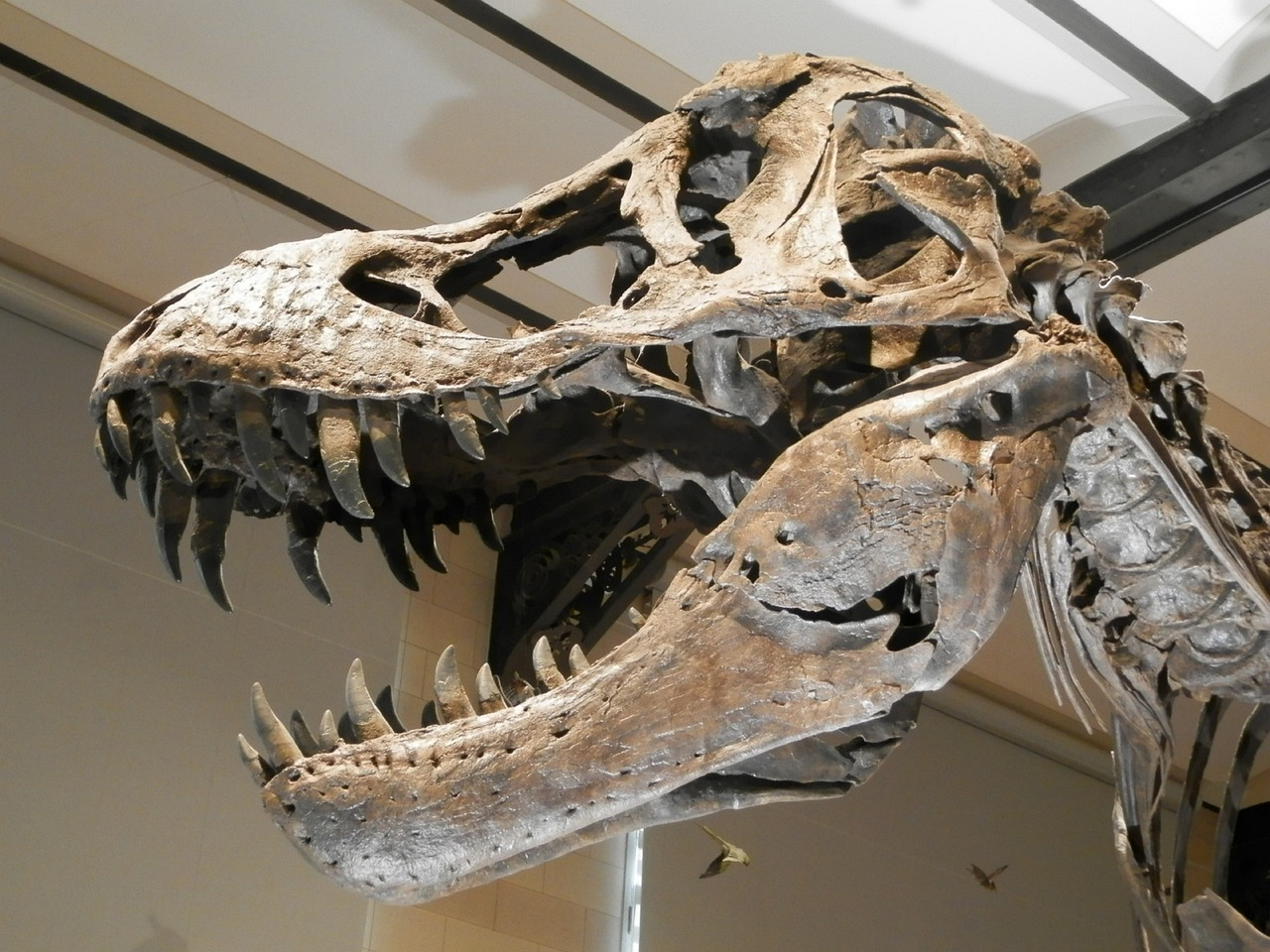
The neurological innovations in early dinosaurs gave them significant advantages in detecting prey, avoiding predators, and navigating complex environments. Their brain-to-body ratios were generally higher than contemporary reptiles, and they showed sophisticated sensory integration that allowed for more complex behaviors. Many species developed enhanced vision, acute hearing, and even primitive echolocation abilities.
These sensory upgrades were like having high-definition cameras and surround sound systems while their competitors were working with basic equipment. Dinosaurs could detect subtle environmental changes, track prey more effectively, and coordinate group behaviors that gave them decisive advantages in competitive situations.
Reproductive Strategies That Ensured Survival
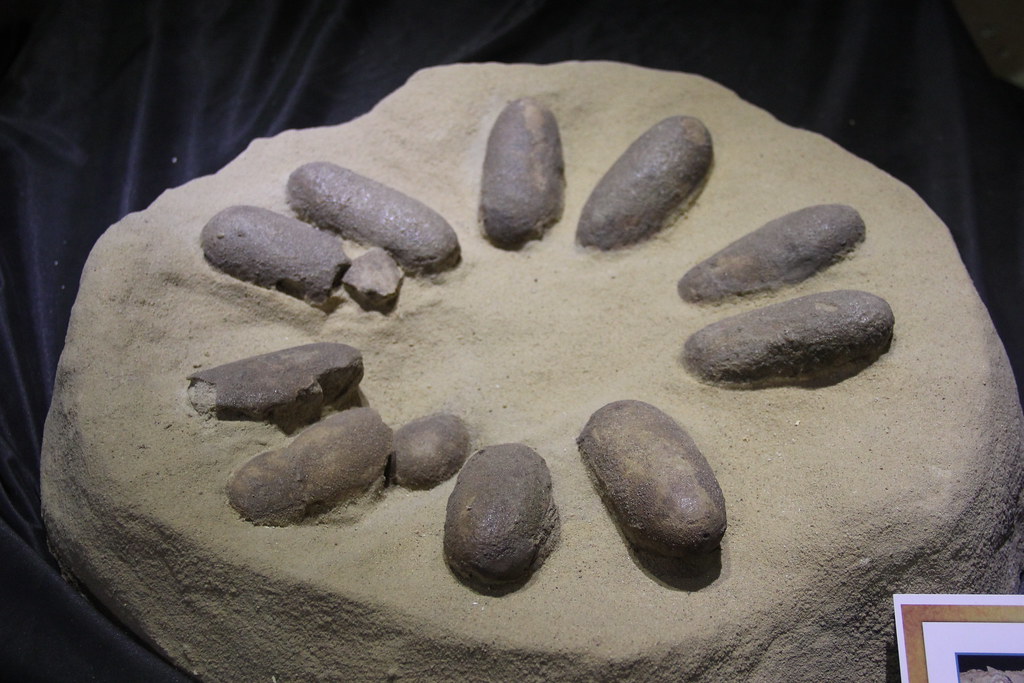
Dinosaur reproductive innovations went far beyond simply laying eggs—they developed sophisticated nesting behaviors, parental care systems, and egg-laying strategies that maximized offspring survival. Many species created elaborate nests with temperature regulation systems, while others developed complex social structures around breeding colonies. This level of reproductive investment was unprecedented among Triassic reptiles.
The difference was like comparing a factory production line to artisanal craftsmanship. While other reptiles laid eggs and hoped for the best, dinosaurs were investing significant time and energy into ensuring their offspring had the best possible chances of survival and success.
Adaptive Feeding Mechanisms
The diversity of dinosaur feeding strategies was staggering, with species developing specialized teeth, jaw mechanisms, and digestive systems for exploiting virtually every available food source. From filter-feeding to high-precision predation, dinosaurs evolved solutions for nutritional challenges that their competitors simply couldn’t match. This specialization allowed them to reduce direct competition while maximizing resource utilization.
Think of it as the difference between having a Swiss Army knife and carrying a single-purpose tool. While their Triassic competitors were locked into relatively narrow dietary niches, dinosaurs were developing the biological equivalent of multi-tool solutions that could adapt to changing food availability and environmental conditions.
Superior Thermoregulation Systems
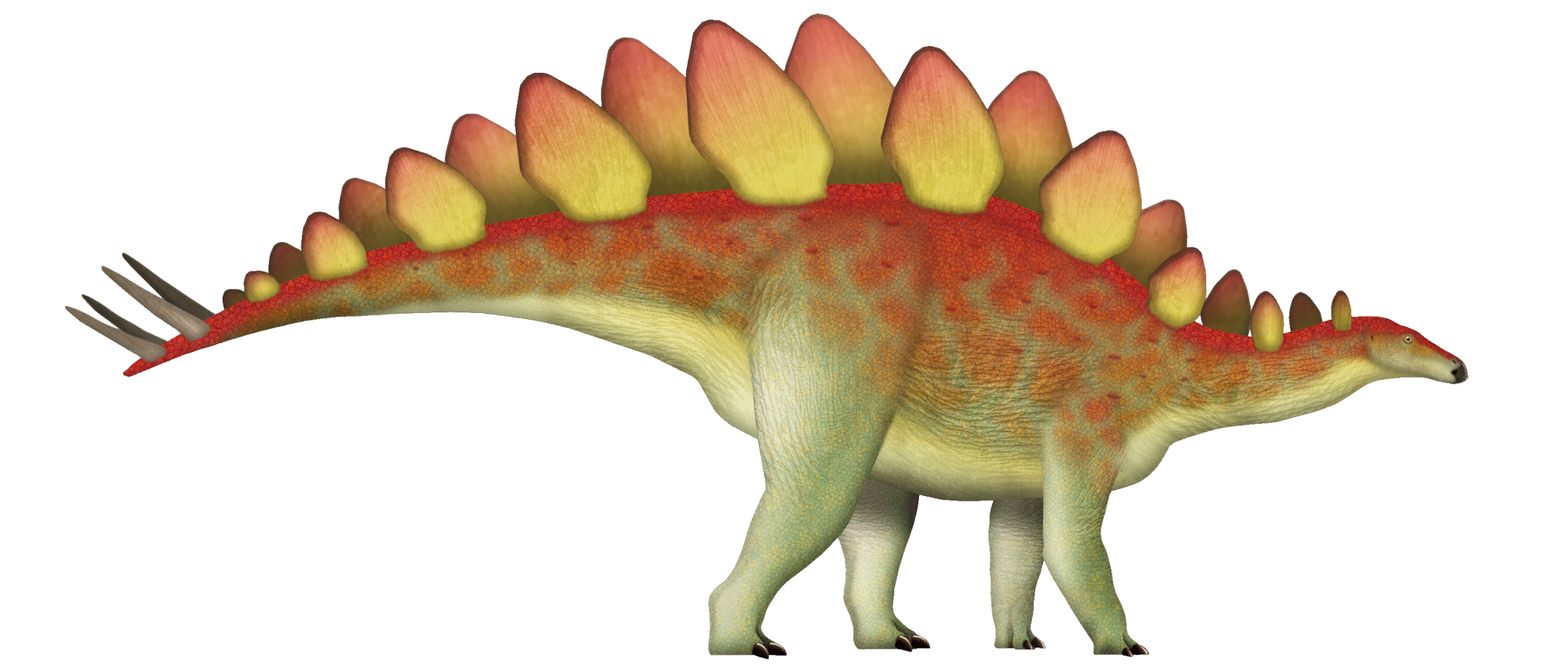
Dinosaur temperature regulation systems were remarkably sophisticated, combining behavioral, physiological, and structural adaptations to maintain optimal body temperatures across diverse environments. Many species developed elaborate display structures that doubled as temperature regulation devices, while others evolved behavioral patterns that maximized heat absorption and retention. This gave them significant advantages in both hot and cold climates.
Their competitors were like cars without air conditioning or heating systems—functional under ideal conditions but struggling when temperatures became extreme. Dinosaurs developed the biological equivalent of climate control systems that allowed them to remain active and competitive regardless of environmental temperature fluctuations.
Enhanced Locomotion Capabilities
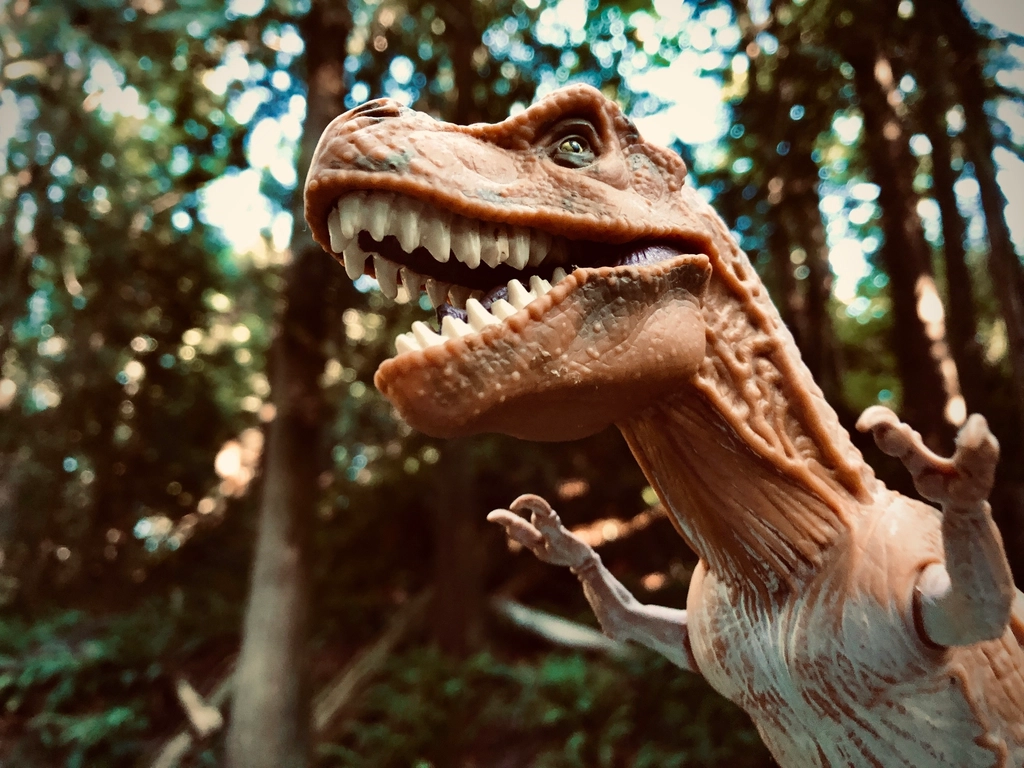
The locomotion innovations in early dinosaurs weren’t just about speed—they were about efficiency, endurance, and versatility. Many species could switch between bipedal and quadrupedal movement depending on circumstances, while others developed specialized gaits that maximized energy efficiency over long distances. This flexibility gave them enormous advantages in pursuit of prey, escape from predators, and migration across changing landscapes.
It was like having a vehicle that could seamlessly transition between different driving modes based on terrain and conditions. While their competitors were limited to single locomotion strategies, dinosaurs were developing multi-modal movement systems that could adapt to virtually any situation they encountered.
Social Coordination and Pack Behavior
Evidence suggests that many early dinosaur species developed sophisticated social structures that allowed for coordinated hunting, defense, and resource sharing. These weren’t simple herding behaviors—they were complex social systems with apparent hierarchies, communication methods, and cooperative strategies that gave them significant advantages over solitary competitors. Pack hunting allowed smaller dinosaurs to take down prey much larger than themselves.
The social coordination was like comparing a professional sports team to individual athletes competing separately. While other Triassic animals were essentially going it alone, dinosaurs were developing teamwork strategies that multiplied their abilities and created new possibilities for survival and success.
Rapid Evolutionary Adaptation
Perhaps most importantly, dinosaurs demonstrated a remarkable capacity for rapid evolutionary change that allowed them to quickly adapt to new environmental challenges and opportunities. Their genetic flexibility and relatively short generation times meant they could respond to selection pressures much faster than their longer-lived, slower-reproducing competitors. This evolutionary agility was crucial during the unstable environmental conditions of the Triassic period.
Think of it as the difference between agile software development and traditional waterfall project management. While their competitors were locked into long-term evolutionary strategies that took millions of years to adjust, dinosaurs were iterating rapidly and implementing biological upgrades that kept them ahead of environmental changes and competitive pressures.
Environmental Resilience and Adaptability
The combination of all these advantages created an overall resilience that allowed dinosaurs to survive and thrive through environmental changes that devastated their competitors. When volcanic activity, climate shifts, or ecosystem disruptions occurred, dinosaurs had the biological toolkit necessary to adapt quickly and exploit new opportunities. Their competitors, locked into more specialized niches, often couldn’t adjust fast enough to survive major environmental transitions.
This resilience was like having a diversified investment portfolio during economic uncertainty. While other Triassic animals were vulnerable to specific environmental changes, dinosaurs had developed a suite of adaptations that provided multiple backup systems and alternative strategies for virtually any challenge they might face.
Conclusion: The Perfect Storm of Evolutionary Innovation
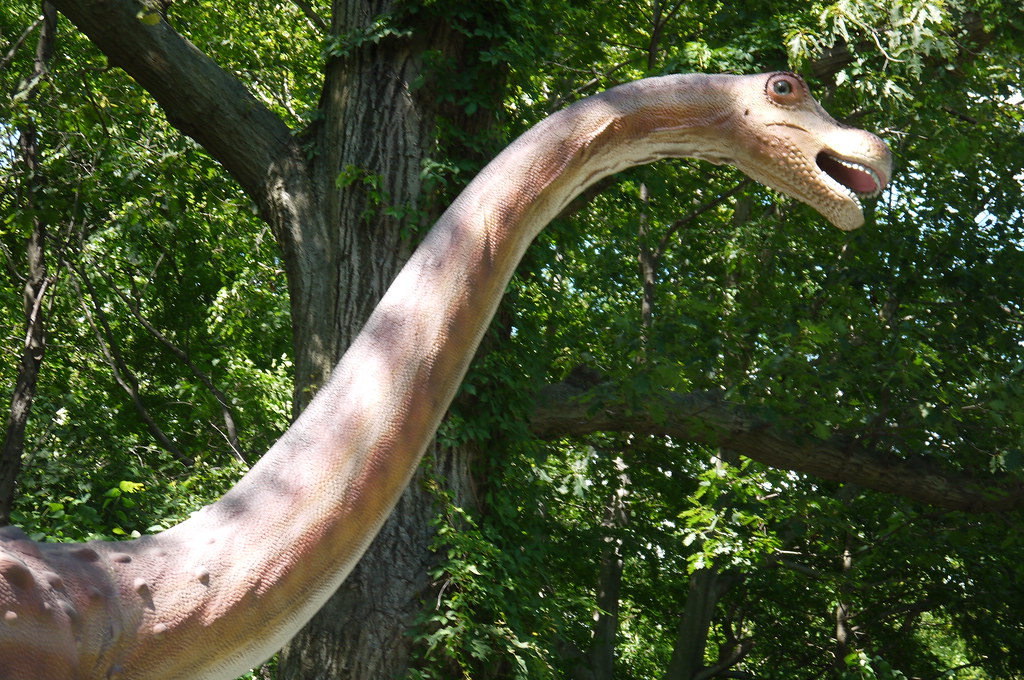
The rise of dinosaurs wasn’t a lucky accident—it was the result of a perfect storm of evolutionary innovations that gave them decisive advantages over every competitor they encountered. From their revolutionary respiratory systems to their sophisticated social behaviors, dinosaurs had essentially rewritten the rules of what it meant to be a successful land vertebrate. Their Triassic competitors weren’t necessarily inferior animals, but they were operating with outdated biological technology while dinosaurs were pioneering the next generation of life on Earth.
What makes this story even more remarkable is that many of these innovations are still with us today, living on in modern birds that continue to demonstrate the power of dinosaur adaptations. The next time you watch a bird effortlessly soar through the sky or see a flock coordinate their movements with perfect precision, you’re witnessing the legacy of those early Triassic innovations that changed the course of life on our planet.
Who would have thought that such seemingly modest creatures could engineer a biological revolution that would dominate Earth for over 160 million years?

